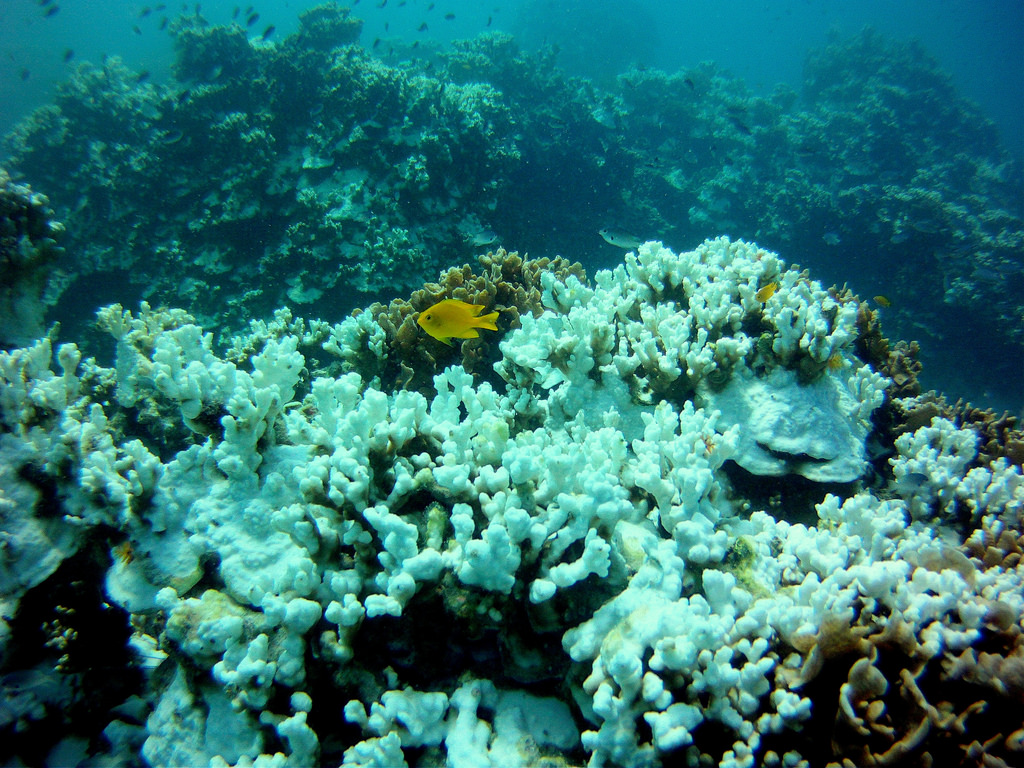The Ozone Layer: Stable or in recovery mode?

September 13th, 2018
On 16 September 1987, an alarming discovery compelled 27 nations to sign an environmental pact known as the Montreal Protocol.
In 1984, scientists had discovered a seasonal ozone hole over Antarctica that was appearing with disturbing regularity. Three years of research proved a group of chemicals known as chlorofluorocarbons or CFCs to be the culprit.
The Montreal Protocol phased out the utilisation of CFCs and in 2000, an amendment to the treaty placed a complete ban on their use. As of this writing, 197 countries have signed up.
Had there been no Montreal Protocol, the ozone hole would have covered the earth, meaning a stroll on a bright summer day could have caused a sunburn on exposed skin in less than 10 minutes.

Prof John Wenger Photo: Shamim Malekmian
Scientific success story
Professor John Wenger of UCC’s Environmental Research Institute (ERI) describes the historic treaty as a “scientific success story”.
During the 90s, when concerns about the ozone layer were still at its peak, Prof Wenger worked alongside meteorologists at Met Éireann to monitor the earth’s shielding layer.
“Chemistry happens in the air, but you can’t see it, so, you have to develop intricate instruments to measure its changes. Then you can use this knowledge to understand what is going on,” he says.
Prof Wenger is a walking encyclopaedia when it comes to the ozone layer, its incremental recovery and substances that are impeding it. CFC chemicals were the most significant threat to ozone, he says.
CFCs
CFCs are inherently nontoxic and contain carbon, fluorine and chlorine. In the 1930s, manufacturers began to use the chemicals as a nontoxic alternative to highly toxic gases such as ammonia in the production of propellants and refrigerants.
After a few decades, the global chemical industry was widely using the compounds.
“We released many thousands of tonnes of these chemicals every year. They were a big part of the chemical industry because they were chemically inert, that means they didn’t have any chemical reaction,” Prof Wenger explains. “They were safe, they weren’t toxic, and they didn’t smell.”
Although nontoxic to humans, CFCs silently damaged the ozone layer for decades.

Met Éireann staff preparing an ozone monitoring weather balloon
Silent Damage
“In 1974, it was hypothesised that these compounds, because they were chemically inert, they could float all the way up to the upper atmosphere,” Prof Wenger says. “It wasn’t really proven until the late 1980s and after the discovery of the ozone hole.”
The ozone is made high up in the earth’s stratosphere layer, and the floating CFCs were able to reach it after around 20 to 40 years, Prof Wenger says. “So CFCs made in the 70s and 80s, are still damaging the ozone layer.”
Ozone is an air pollutant in lower altitudes, but in the stratosphere, it shields us from damaging ultraviolet (UV) rays from the sun by absorbing the sun’s rays. Rays that are so potent, Prof Wenger says they can break down DNA and cause skin cancer.
The CFCs and the atoms they released created a space akin to a hole in the earth’s stratospheric shades, greenlighting an ominous destiny for our planet.
“Chlorofluorocarbons can get broken down by the very strong ultraviolet rays that are only present up there in the stratosphere, and whey they do that they release chlorine atoms, chlorine then destroys ozone in a catalytic cycle,” Prof Wenger explains. “One chlorine atom can kill thousands of ozone molecules,”
According to Prof Wenger ozone depletion is a complicated process dependent on variables such as temperature and wind. Colder temperature equals more severe ozone loss with the ozone layer drastically thinned over Antarctica.
Recovery Mode
Placing a complete ban on the production of CFCs in 2000 put the ozone layer in recovery mode. A 2016 study revealed that the ozone hole has shrunk by 1.5 million square miles between 2000 and 2015.
Prof Wenger doesn’t believe that the ozone layer is recovering yet, however. Instead, he describes the stratospheric layer’s current status as merely “stable”. “We’re going to see the recovery of the ozone layer in about 10 to 20 years.”
Nevertheless, he hails the Montreal Protocol as the most successful environmental treaty ever enacted and speaks proudly of scientists’ push for thwarting a potential calamity.
Re-emergence of CFCs
However, there has been worrying reports about the re-emergence of CFCs in the atmosphere.
Earlier this year, researchers warned about the production of unreported ozone-harming gases known as CFC-11, most likely in East Asia. Scientists believe that if those emissions continue, the recovery of the ozone hole could be delayed by about a decade.
Greenhouse gases such as methane can also damage the ozone layer. NASA scientists warned about the earth-warming and ozone-harming impact of the accumulation of methane gas in the atmosphere as early as 1988.
While methane does not directly harm ozone, it contributes to the thinning of the ozone hole over Antarctica by invoking the formation of ice clouds above the region. Studies show that these clouds entice chemical reactions that help chlorines from CFCs to break down ozone. Outside Antarctica, higher temperatures and winds prevent this phenomenon from occurring.
Methane may also reduce the amount of hydroxyl in the atmosphere, which may undermine the atmosphere’s ability to cleanse itself from pollutants. Known as the detergent of the atmosphere, hydroxyl chemically reacts with atmospheric contaminants, leading to their removal.
[x_author title=”About the Author”]







